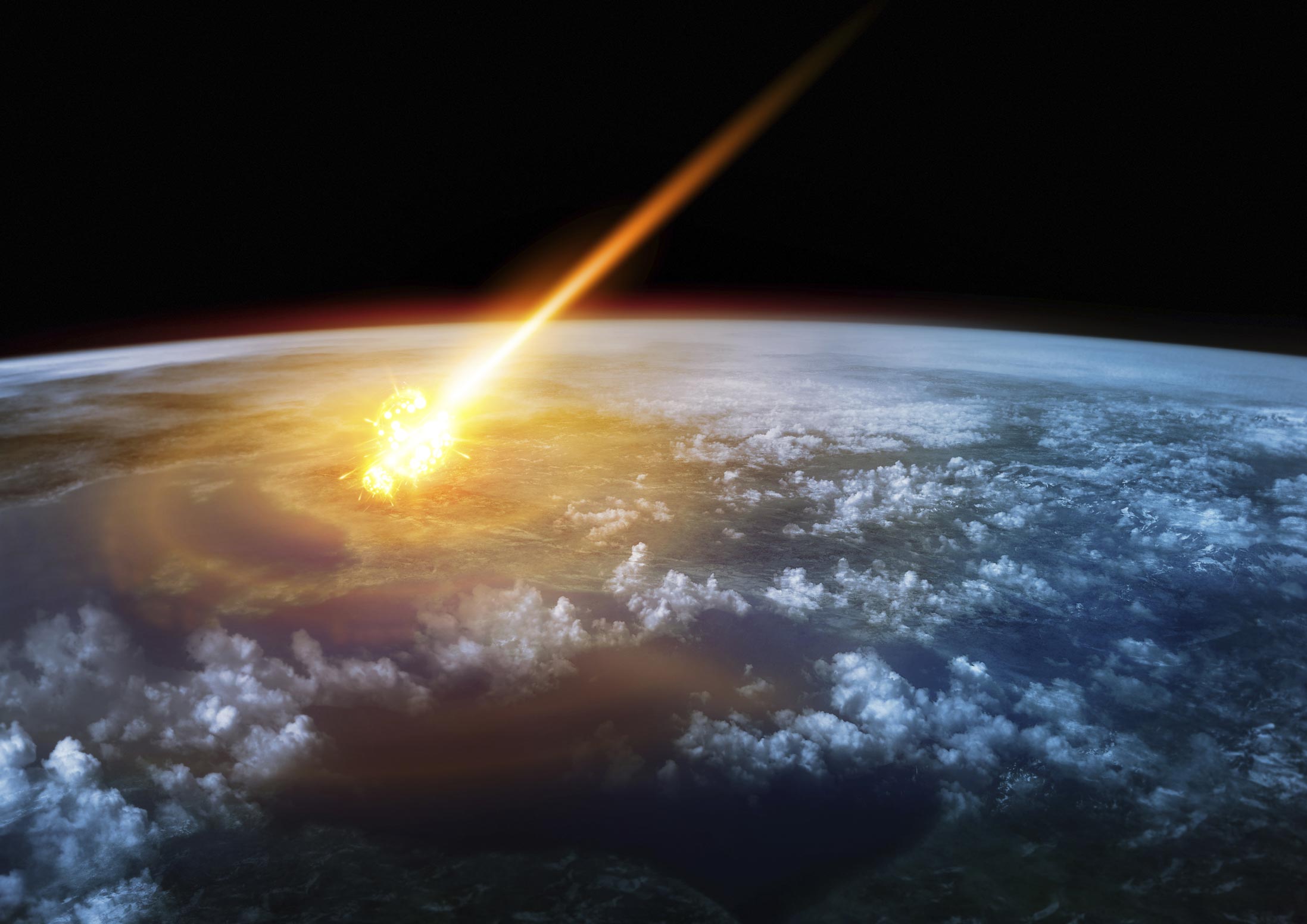What is Jeptha's Knob?
Jeptha's Knob, the highest point in Kentucky's Bluegrass Region, was long thought to be a cryptovolcanic bump in the landscape - but now it appears to be evidence of a massive and ancient meteorite strike!
A mile south of Kentucky's Clay Village, some eight miles east of Shelbyville, a lone hill rises up out of the otherwise open and flat landscape - the highest point, in fact, in the entire Louisville metro area, peaking at 1,188 feet above sea level: Jeptha's Knob.
For years it was thought that this seemingly misplaced hill was the result of cryptovolcanic activity - a volcanic bulge that never fully erupted it's lava-spewing cone up and out of the earth's crust. So convincing was this conclusion, so accepted by geologists, that a historical marker was placed nearby espousing this very theory as solid fact.
Well, the marker explaining Jeptha's Knob is no longer in place because newer evidence indicates that the origin of Jeptha's Knob was from above, not below: Jeptha's Knob is not a result of volcanic activity but is, rather, an astrobleme: the remains of an ancient meteorite impact!
Confusion about the source of Jeptha's Knob is understandable. Like most of us, those who initially pondered the site could be forgiven for thinking a meteor impact site would leave a crater, not a protruding prominence. Newer geological knowledge, however, indicates that Jeptha's Knob is the remains of a nearly half-mile wide meteorite slamming some 425 million years ago into what is now Kentucky.
So why the Hill Instead of a Crater?
What you see when you look at Jeptha's Knob is the bottom, center of the ancient crater. The missing, familiar shape of the crater's outer edge - three-miles wide, eroded away long ago because it was composed of a softer, more fragile stone than that of the center of the impact zone. As the eons passed and more erosion occurred, the hardier stone of the crater's center remained, seemingly rising up out of the earth as the rest washed away, leaving what looks like a hill, not a crater.
Jeptha's Knob may be the most intriguing meteorite crater in Kentucky because of the confusion over its origin - but it's certainly not the only one! Kentucky has a number of meteorite impact sites. There's one near Versailles in Woodford County and, of course, the larger and more famous Middlesboro crater in southeastern Kentucky ... and maybe there are more we just haven't realized yet!
Kentucky Bluegrass Region Lodging
No matter what brings you to Kentucky - be it cryptovolcanic activity, astroblemes, or, heck, something a little more mundane like bourbon and horses - a stay at a locally owned and operated
Kentucky Bed and Breakfast Inn will only serve to make your visit that much more enjoyable. With uncommonly luxurious accommodations, deliciously nutritious breakfasts, and innkeepers able to help direct your vacation in the right direction, you can't go wrong.
